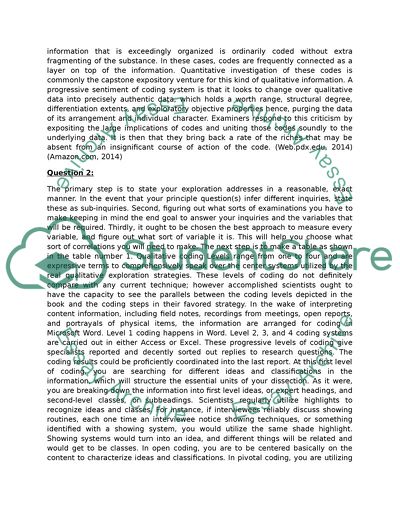Cite this document
(“Qualitative data analysis assignment Example | Topics and Well Written Essays - 2500 words”, n.d.)
Retrieved from https://studentshare.org/marketing/1650058-qualitative-data-analysis-assignment
Retrieved from https://studentshare.org/marketing/1650058-qualitative-data-analysis-assignment
(Qualitative Data Analysis Assignment Example | Topics and Well Written Essays - 2500 Words)
https://studentshare.org/marketing/1650058-qualitative-data-analysis-assignment.
https://studentshare.org/marketing/1650058-qualitative-data-analysis-assignment.
“Qualitative Data Analysis Assignment Example | Topics and Well Written Essays - 2500 Words”, n.d. https://studentshare.org/marketing/1650058-qualitative-data-analysis-assignment.


